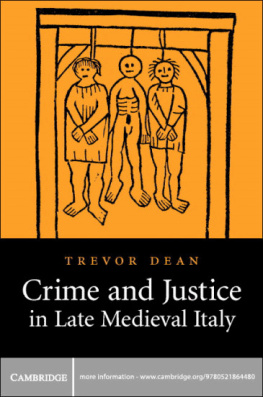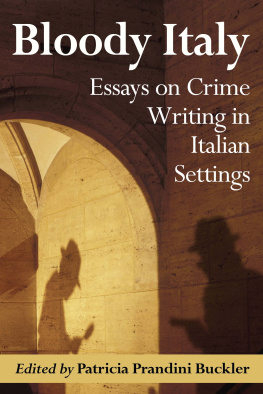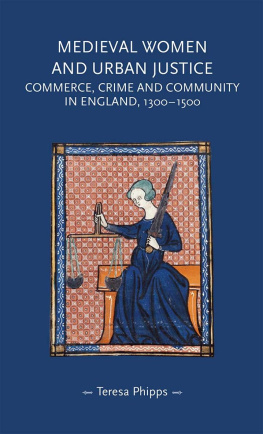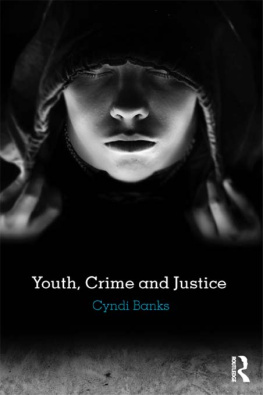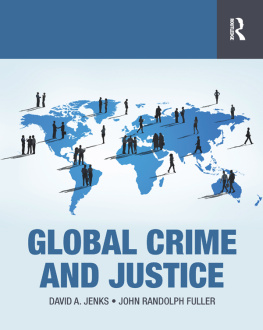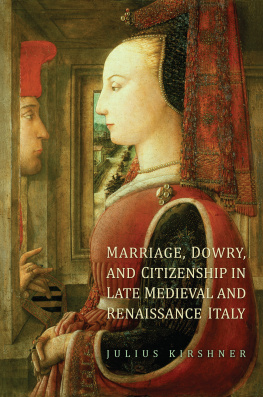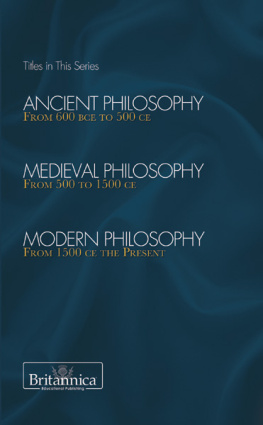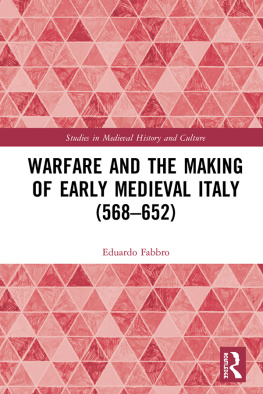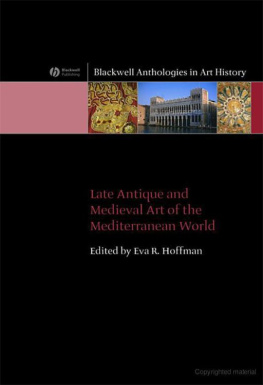Trevor Dean - CRIME AND JUSTICE IN LATE MEDIEVAL ITALY[ CRIME AND JUSTICE IN LATE MEDIEVAL ITALY
Here you can read online Trevor Dean - CRIME AND JUSTICE IN LATE MEDIEVAL ITALY[ CRIME AND JUSTICE IN LATE MEDIEVAL ITALY full text of the book (entire story) in english for free. Download pdf and epub, get meaning, cover and reviews about this ebook. City: Cambridge, Italien., Italy, year: 2010, publisher: Cambridge University Press Jun-30-2010, genre: Romance novel. Description of the work, (preface) as well as reviews are available. Best literature library LitArk.com created for fans of good reading and offers a wide selection of genres:
Romance novel
Science fiction
Adventure
Detective
Science
History
Home and family
Prose
Art
Politics
Computer
Non-fiction
Religion
Business
Children
Humor
Choose a favorite category and find really read worthwhile books. Enjoy immersion in the world of imagination, feel the emotions of the characters or learn something new for yourself, make an fascinating discovery.
- Book:CRIME AND JUSTICE IN LATE MEDIEVAL ITALY[ CRIME AND JUSTICE IN LATE MEDIEVAL ITALY
- Author:
- Publisher:Cambridge University Press Jun-30-2010
- Genre:
- Year:2010
- City:Cambridge, Italien., Italy
- Rating:3 / 5
- Favourites:Add to favourites
- Your mark:
- 60
- 1
- 2
- 3
- 4
- 5
CRIME AND JUSTICE IN LATE MEDIEVAL ITALY[ CRIME AND JUSTICE IN LATE MEDIEVAL ITALY: summary, description and annotation
We offer to read an annotation, description, summary or preface (depends on what the author of the book "CRIME AND JUSTICE IN LATE MEDIEVAL ITALY[ CRIME AND JUSTICE IN LATE MEDIEVAL ITALY" wrote himself). If you haven't found the necessary information about the book — write in the comments, we will try to find it.
Trevor Dean: author's other books
Who wrote CRIME AND JUSTICE IN LATE MEDIEVAL ITALY[ CRIME AND JUSTICE IN LATE MEDIEVAL ITALY? Find out the surname, the name of the author of the book and a list of all author's works by series.
CRIME AND JUSTICE IN LATE MEDIEVAL ITALY[ CRIME AND JUSTICE IN LATE MEDIEVAL ITALY — read online for free the complete book (whole text) full work
Below is the text of the book, divided by pages. System saving the place of the last page read, allows you to conveniently read the book "CRIME AND JUSTICE IN LATE MEDIEVAL ITALY[ CRIME AND JUSTICE IN LATE MEDIEVAL ITALY" online for free, without having to search again every time where you left off. Put a bookmark, and you can go to the page where you finished reading at any time.
Font size:
Interval:
Bookmark:

Crime and Justice in Late Medieval Italy
In this important new study, Trevor Dean examines the history of crime and criminal justice in Italy from the mid-thirteenth to the end of the fifteenth century. The book contains studies of the most frequent types of prosecuted crime such as violence, theft and insult, along with the rarely prosecuted sorcery and sex crimes. Drawing on a diverse and innovative range of sources, including legislation, legal opinions, prosecutions, chronicles and works of fiction, Dean demonstrates how knowledge of the history of criminal justice can illuminate our wider understanding of the Middle Ages. Issues and instruments of criminal justice reflected the structure and operation of state power; they were an essential element in the evolution of cities and they provided raw material for fictions. Furthermore, the study of judicial records provides insight into a wide range of social situations, from domestic violence to the oppression of ethnic minorities.
TREVOR DEAN is Professor of Medieval History at Roehampton University. His recent publications include Crime in Medieval Europe (2001) and The Towns of Italy in the Later Middle Ages (2000), and he has written numerous articles on crime and justice in late medieval Bologna.
Trevor Dean

Cambridge, New York, Melbourne, Madrid, Cape Town, Singapore, So Paulo
Cambridge University Press
The Edinburgh Building, Cambridge CB2 8RU, UK
Published in the United States of America by Cambridge University Press, New York
www.cambridge.org
Information on this title: www.cambridge.org/9780521864480
Trevor Dean 2007
This publication is in copyright. Subject to statutory exception
and to the provisions of relevant collective licensing agreements,
no reproduction of any part may take place without
the written permission of Cambridge University Press.
First Published in print format 2007
ISBN-13 978-0-511-35253-9 mobipocket
ISBN-10 0-511-35253-0 mobipocket
ISBN 978-0-521-86448-0 hardback
Cambridge University Press has no responsibility for the persistence or accuracy of URLs for external or third-party internet websites referred to in this publication, and does not guarantee that any content on such websites is, or will remain, accurate or appropriate.
Philip Jones,
19212006
Contents |
| 1 |
| 2 |
| 3 |
| 4 |
| 5 |
| 6 |
| 7 |
| 8 |
| 9 |
| 10 |
I am very grateful to the following institutions for providing the funding and/or time that enabled this book to be researched and written: the Leverhulme Trust, for a Research Fellowship; the British Academy, for a Small Research Grant; and the School of Arts, Roehampton University, for a sabbatical semester. The archives and libraries in Bologna, Lucca, Modena, Reggio and Savona provided their usual efficient and helpful services. David Chambers kindly gave me access to some material from Mantua. Sarah Blanshei helpfully discussed with me criminal justice in Bologna. I would also like to thank Dr Stephen Bowd, Dr Fiona McHardy and Dr Magnus Ryan for kindly reading and commenting on various chapters of this book. The anonymous Cambridge University Press reviewer also made some useful comments, for which I am grateful.
The following abbreviations are used in the footnotes for references to archives in Italy:
ASBo | Archivio di Stato, Bologna |
ASLu | Archivio di Stato, Lucca |
ASMn | Archivio di Stato, Mantua |
ASMo | Archivio di Stato, Modena |
ASPi | Archivio di Stato, Pisa |
ASRe | Archivio di Stato, Reggio Emilia |
The history of criminal justice in the later Middle Ages is important for (at least) two reasons. First, because official justice was present across many areas of life a major component in the power of states and ruling classes, a significant presence in cities (lawyers, police, court officials, public punishments), a source of material for fiction-writers and painters and this makes it vital for a wider understanding of the period. Secondly, because of the range of social situations and problems that judicial records give us access to: not just the everyday conflict of insult and injury, but also the oppression of ethnic minorities (Jews, slaves), the frequency of domestic violence, the oppression of servants in urban households, the criminal responsibility of children and the insane, as well as the more colourful cases of skilful thieves, sacrilegious sex and inventive tricksters. The combination of the exotic and the quotidian in one source is hard to resist.
The last three or four decades of the twentieth century saw a great increase of interest among historians across Europe in issues of crime and criminal justice. In general terms, the motivation for this came first from history from below and the unrivalled access to lower-class experience that judicial archives afforded. A secondary impulse lay in the developing history of the state and its institutions of repression. But for Italy there is no such survey: this is one effect of the enduring localism of Italian historiography. This book attempts to fill that gap.
My own trajectory towards the study of crime derived from two impulses. One was an existing interest in comparative history: my first publications, though centred on Ferrara, also compared social developments there to those in France and England. In the mid-1980s, I also became aware of the historian Edoardo Grendi drawing the attention of his Italian colleagues to what was happening over the Alps and beyond the Channel in the incipient area of the history of criminality. Together, these factors led me to shift both the locus and the focus of my research as I followed the greater abundance of documentation: from the study of a princely state to that of a republic, from political and social institutions to law, justice and crime, from Ferrara to Bologna (and more recently to Lucca).
That shift also brought to the fore a need to reflect more systematically on the nature of the judicial sources used in the history of crime. The main issue is that of coerced speech. ).
These thoughts on how historians often present themselves to their public the stress on revelation have particular significance in the history of crime and criminal justice, because of the nature of judicial sources. In other words, they offer something more than, and something different from, the mere history of crime.
Writing the history of medieval (as opposed to eighteenth-century) crime faces a range of additional problems. Gauvards solution to this conundrum was to focus on one type of source, namely royal pardons. My response is different in turn.
This book attempts to address these problems by adopting and extending a structure also used by some other recent works of Italian social history: In Part One, each chapter deals with one type of documentation, in the light of both the problems the source poses and the information it provides. In Part Two, however, I do attempt to smoothe over gaps and disparities in the evidence, in order to examine a range of crimes or behaviours, and to offer some generalisations. Material here is drawn chiefly from cities outside the historiographical duopoly exercised by Florence and Venice: from the archives in Bologna, Mantua, Modena, Reggio, Savona and Lucca; and from published documents for the whole of late medieval Italy, from the duchy of Savoy and the Venetian terraferma to the kingdoms of Naples and Sicily. From the thousands of printed volumes of statutes, I have focused on a range of cities, large and small, across most areas of Italy, including the South and Sicily. I have tried to mirror this geographical spread in the selection of chronicle material. I have used the printed collections of consilia of the leading legal consultants, supplemented by some minor ones, and the best-known collections of fictional tales or novelle . Omissions, of course, there are. At the archival level, several of these omissions are compensated by the availability of good secondary studies.
Font size:
Interval:
Bookmark:
Similar books «CRIME AND JUSTICE IN LATE MEDIEVAL ITALY[ CRIME AND JUSTICE IN LATE MEDIEVAL ITALY»
Look at similar books to CRIME AND JUSTICE IN LATE MEDIEVAL ITALY[ CRIME AND JUSTICE IN LATE MEDIEVAL ITALY. We have selected literature similar in name and meaning in the hope of providing readers with more options to find new, interesting, not yet read works.
Discussion, reviews of the book CRIME AND JUSTICE IN LATE MEDIEVAL ITALY[ CRIME AND JUSTICE IN LATE MEDIEVAL ITALY and just readers' own opinions. Leave your comments, write what you think about the work, its meaning or the main characters. Specify what exactly you liked and what you didn't like, and why you think so.

